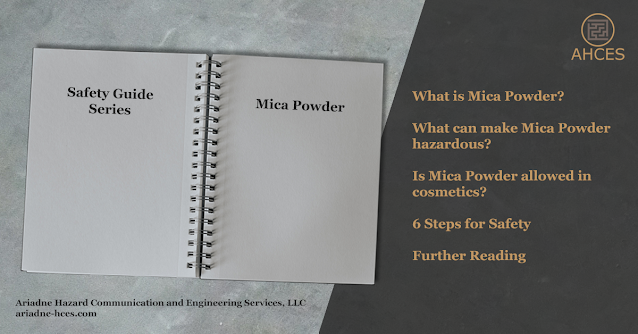FAQ Friday - February 2023

This FAQ Friday is focused on questions about OSHA. If you have any hazard communication questions or safety questions about common chemicals, ask in the comments below or send an email to contact@ariadne-hces.com. Do I have to follow OSHA if I only have a few employees? Do I have to follow OSHA if I have less than 15 employees? Once you have an employee, if it is just one person, OSHA regulations begin to apply. There are a few exceptions to specific rules, including a partial exemption for employers with 10 or fewer employees when it comes to some of the record-keeping requirements. It is best to review what OSHA regulations may apply to your business when in the planning stages, as the regulations do vary somewhat by industry and specialization. It is also important when expanding or shifting the focus of your business, to check if there are any new OSHA regulations to consider. Where can I find OSHA Regulations and Resources? How do I figure out OSHA as a small business? There i



